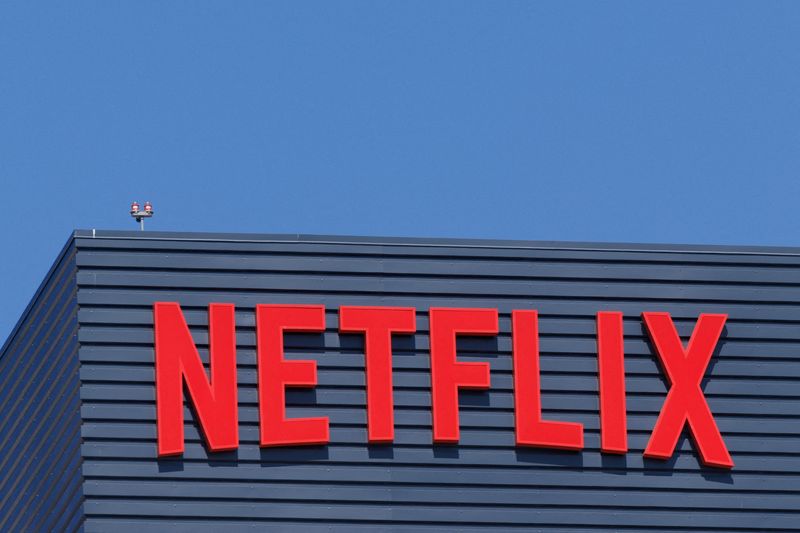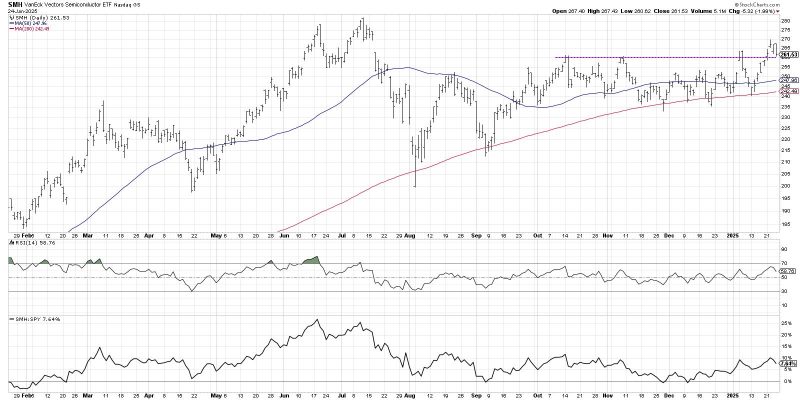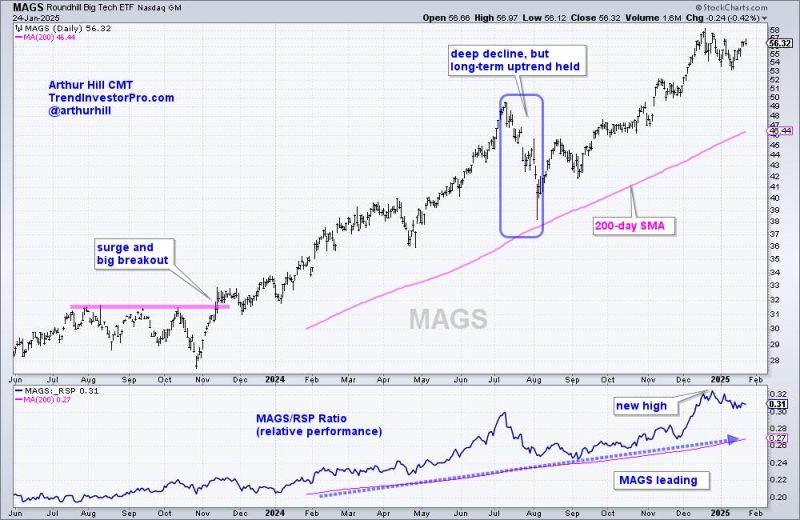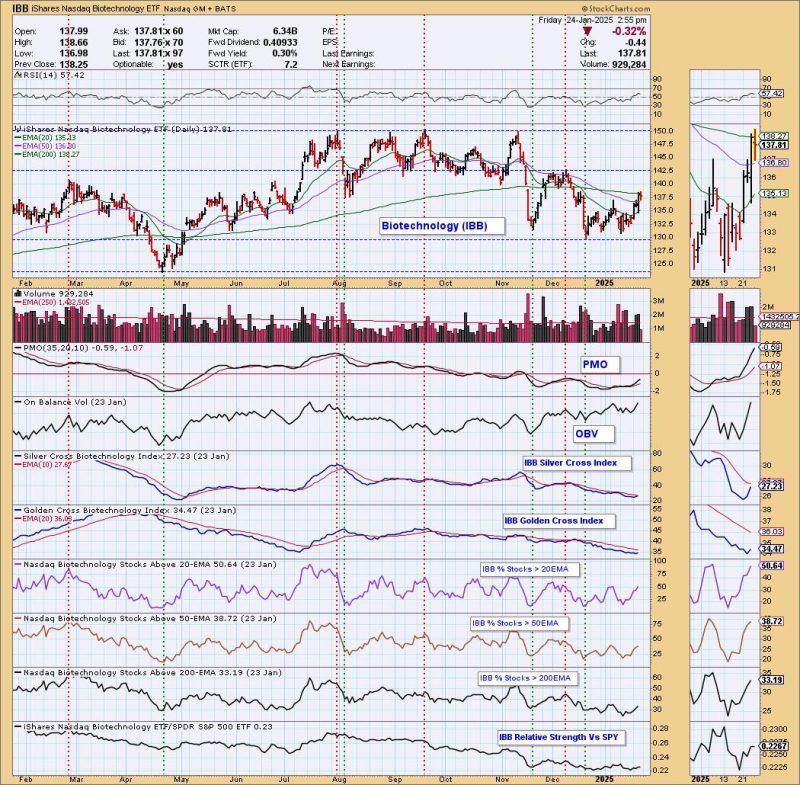Netflix raised at Bernstein, ‘still not late to the party’

Investing.com — Bernstein analysts upgraded Netflix (NASDAQ:NFLX) to Outperform from Market-Perform, raising the price target to $1,200 from $975, citing sustained subscriber growth and improving margins.
Despite its recent rally, Bernstein insists, “it is expensive only if you believe in consensus EPS of $30 for 2026,” adding that Netflix’s performance continues to exceed expectations.
Subscriber growth remains a key driver for Netflix, with the company achieving a 13% CAGR over the past five years and 16% YoY growth in 2024.
Bernstein projects another year of double-digit growth, forecasting Netflix’s subscriber base to exceed 330 million by 2025. International markets, which remain underpenetrated, offer significant upside, especially with the success of Netflix’s ad-supported tier and regional content strategies.
The report also highlights Netflix’s Average Revenue per Member (ARM). While FX headwinds and discounted CPM rates for its ad-supported tier have diluted ARM growth, Bernstein anticipates improvement, particularly following upcoming price hikes in the U.S.
The firm believes better advertising market recovery or a faster shift from linear dollars to streaming could further boost revenue.
Netflix’s margins are considered another standout. Bernstein notes a 35% improvement in content efficiency, with revenue per dollar spent on content rising from 1.7 to 2.3 between 2021 and 2024.
Investments in local-language and licensed content, particularly in regions like Korea, have driven global engagement. Additionally, the firm says operational leverage has reduced SG&A expenses as a percentage of revenue, with cost efficiencies expected to continue.
Bernstein concludes that while Netflix faces open questions about long-term growth in areas like sports and gaming, its current trajectory supports the upgrade. “There are plenty of eyeballs left to entertain,” they added, reinforcing confidence in the stock’s outlook.







